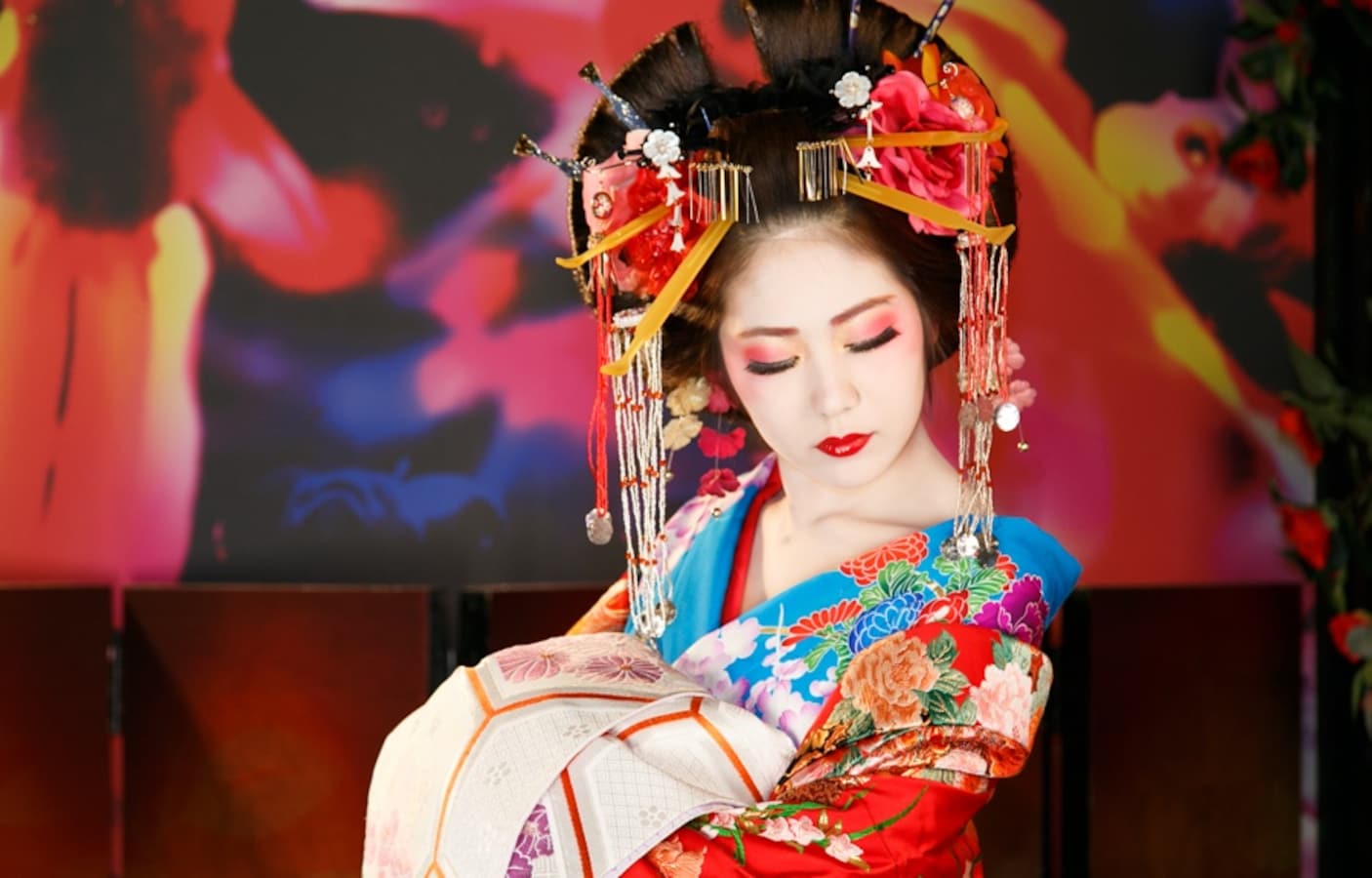Oiran were high-class courtesans in Japan during the Edo period (1603–1868), renowned for their beauty, sophistication, and cultural accomplishments. They were much more than prostitutes; these women held an elite status, blending artistry, etiquette, and allure into their roles as entertainers and companions.
Origins of the Oiran
The oiran emerged in the licensed pleasure quarters established by the Tokugawa shogunate, such as Yoshiwara in Edo (modern-day Tokyo). These quarters were designated areas where prostitution was legally regulated to maintain public order. Oiran occupied the pinnacle of the social hierarchy within these districts, catering exclusively to wealthy merchants, samurai, and aristocrats.
Characteristics of the Oiran
Oiran were distinguished by their education, refinement, and exclusivity, setting them apart from lower-ranking prostitutes.
1. Cultural Accomplishments:
Oiran were skilled in traditional Japanese arts, including tea ceremony (sado), flower arrangement (ikebana), and classical dance and music. They played instruments like the shamisen and were expected to engage in witty and poetic conversation.
2. Fashion and Appearance:
Their elaborate kimono and hairstyles were symbols of their status. The multi-layered kimono, intricately adorned with vibrant patterns, reflected their elegance and wealth.
Their hairstyles, called yokohyōgo, featured ornate hairpins and combs made of gold, silver, or tortoiseshell. The more elaborate the attire and accessories, the higher their rank.
3. Ritualized Meetings:
Meeting an oiran was a complex and formal process. Clients had to visit multiple times, pay extravagant fees, and undergo lengthy introductions before gaining her favor.
Oiran vs. Geisha
While oiran and geisha are often confused, their roles were distinct:
Oiran focused on physical beauty, fashion, and romantic companionship, combining these with cultural skills.
Geisha, on the other hand, emerged later and primarily served as entertainers, focusing on arts and conversation rather than intimate relationships.
Decline of the Oiran
The popularity of oiran declined in the late 18th and early 19th centuries due to several factors:
Geisha Emergence: The rise of geisha, who were less formal and more accessible, overshadowed the oiran's rigid traditions.
Modernization: The Meiji Restoration (1868) brought sweeping changes to Japanese society, including the abolition of the pleasure quarters.
By the late 19th century, the oiran had virtually disappeared, though their legacy lived on in cultural depictions and festivals.
Oiran Legacy and Modern Representation
Today, oiran are celebrated as cultural icons rather than symbols of their original profession. They are featured in:
1. Festivals:
Oiran processions (oiran dochu), re-enactments of their grand parades, are popular attractions during festivals like the Asakusa Yoshiwara Oiran Parade in Tokyo.
2. Media and Arts:
Oiran are depicted in traditional woodblock prints (ukiyo-e), literature, and films, symbolizing the aesthetic and cultural richness of the Edo period.
3. Cultural Tourism:
Visitors to Japan can experience oiran-inspired makeovers, donning replica costumes and hairstyles for photography sessions.
Oiran Parade at Edo Wonderland Nikko Japan July 29, 2019
Conclusion
The oiran were more than courtesans; they were icons of beauty, culture, and sophistication in Edo-period Japan. Their influence endures in Japanese arts and traditions, reminding us of a time when refinement and elegance reigned supreme. Their story is not just one of glamour but also of the complexities of gender, class, and culture in historical Japan.





